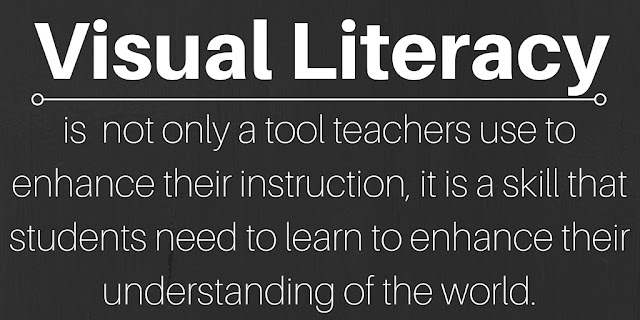Have you ever seen mathematical images like this?
This image gives a visual explanation as to why pi is 3.14 - you see how the circumference of the circle is 3.14 time the radius. It's very clear. Where were educational images like this when I was growing up?
Matthew Peterson discusses the idea of teaching mathematics without words in his Ted Talk (below). He does a very good job of showing (visually) how much teachers rely on words for teaching. Growing up with dyslexia, words gave him nothing but problems, and then he read about Albert Einsteins struggle with dyslexia. Albert said this:
Wow ... one of the greatest mathematical minds of all time talks about the importance of visual literacy in his own understanding. That's really powerful, especially to learners who do struggle with words.
As a visual learner myself, I have long been interested in how to teach mathematics visually in order to build conceptual understanding. At my school we use the Singapore Math pedagogy to teach mathematics K-8. Central to this model is the Concrete - Pictorial - Abstract approach, which is really the opposite of traditional math education. In Singapore Math we start out by making math concrete, with manipulatives, examples, puzzles, real-world problems. Then we introduce the pictorial approach by using pictures, images, and models. The last step (as opposed to the first) is to introduce the abstract - the computation, the algorithms, etc.
 |
| http://kateshomeschoolmath.com/singapore-math-buying-guide/ |
So this is my final project for this course on Visual Literacy. This is how I made learning how to balance algebraic equations visual. I found a great website with visual puzzles that really reinforce the concept of balance, which is the central concept of this unit. Students start out visualizing the balance of the mobiles by doing math in their heads. After they have done a few puzzles, then I ask them to connect what they are doing visually to what they have already learned about algebraic expressions, by writing an equation. Then, by reflecting on the math they were doing in their heads, they can articulate how they are using inverse operations to solve the equations. See my lesson below and the accompanying video underneath it. I would love to connect with any other mathematics teachers who are also working on using visual mathematics to teach.
albert einstein image from Michael Wohlwent at the Noun Project





















